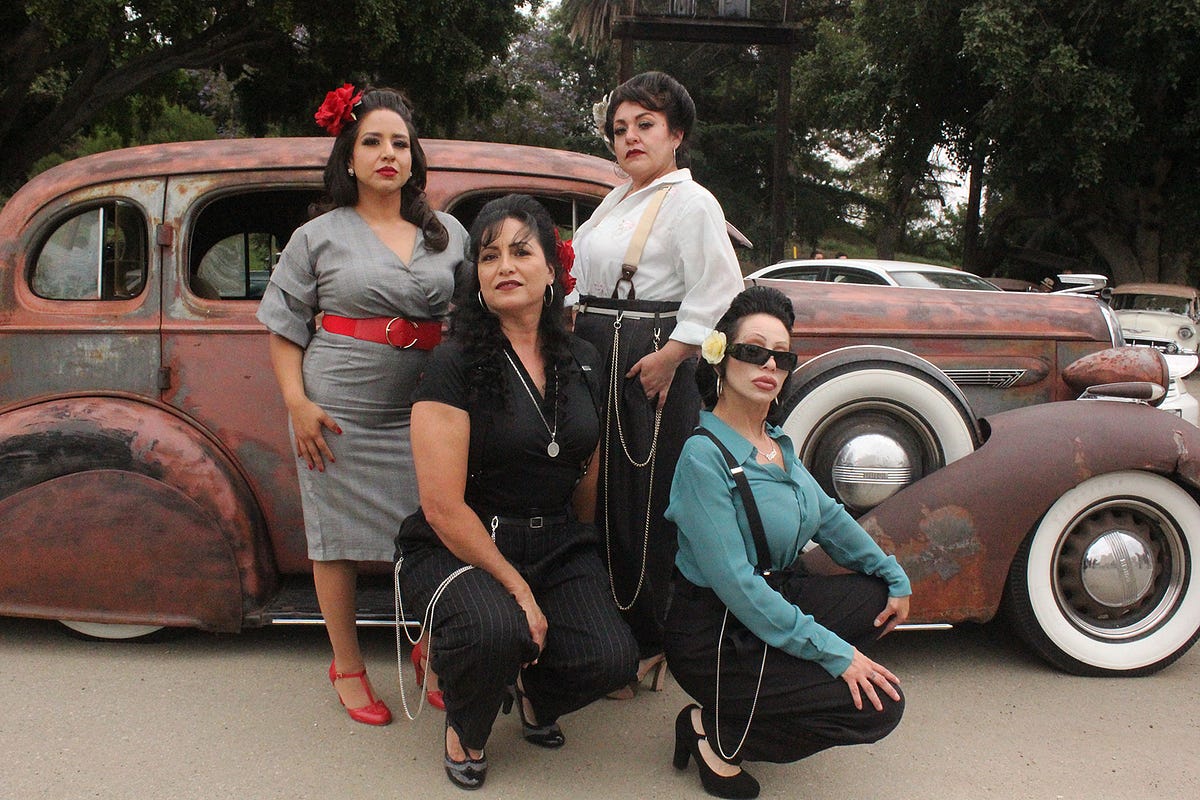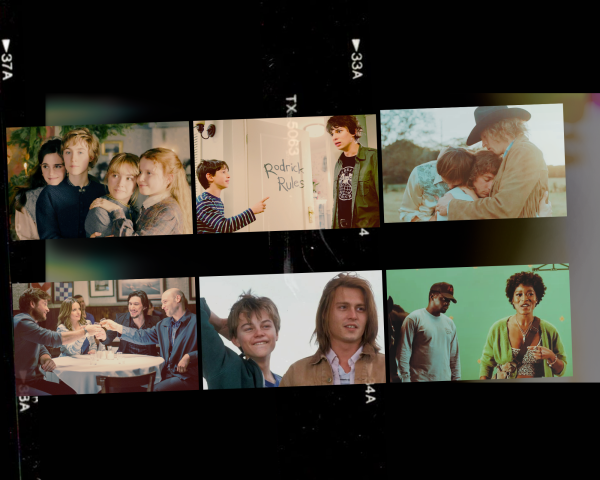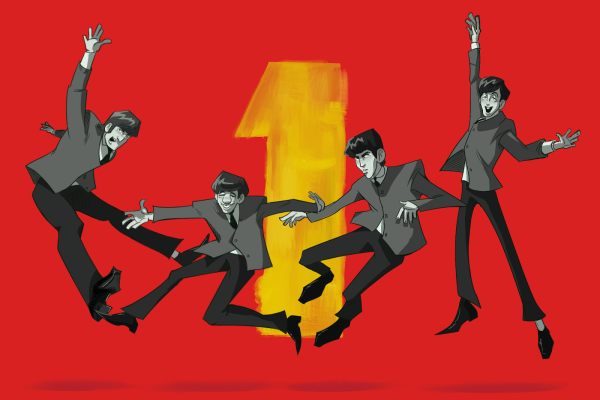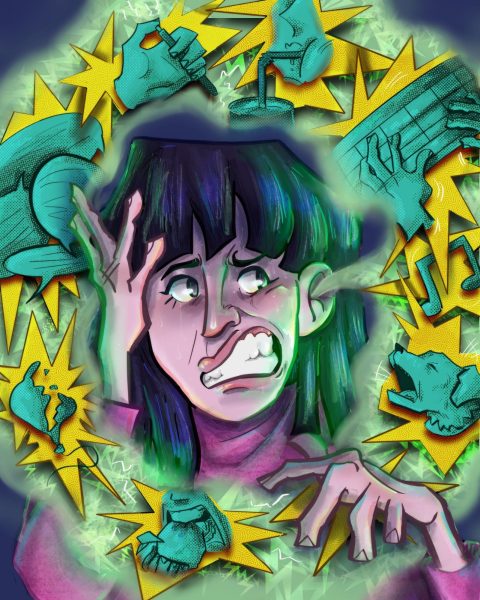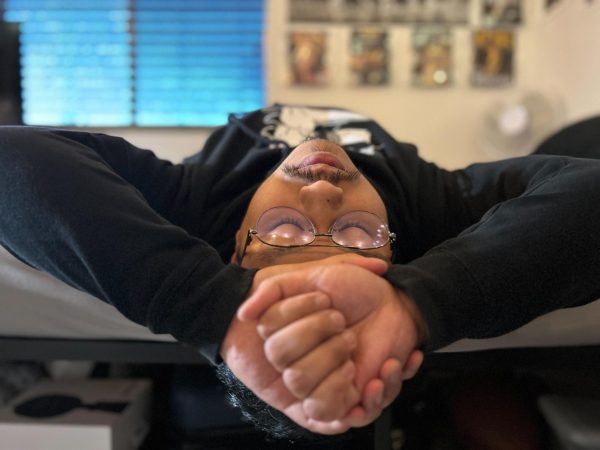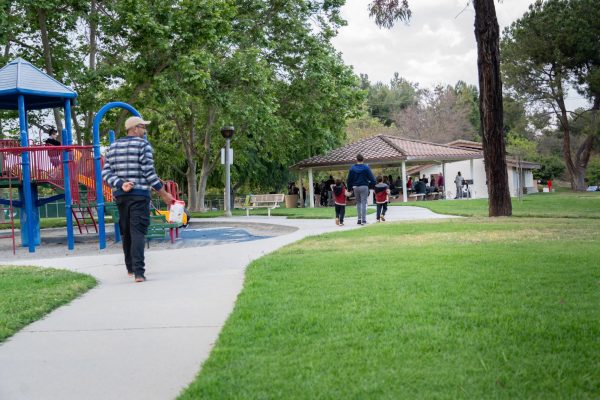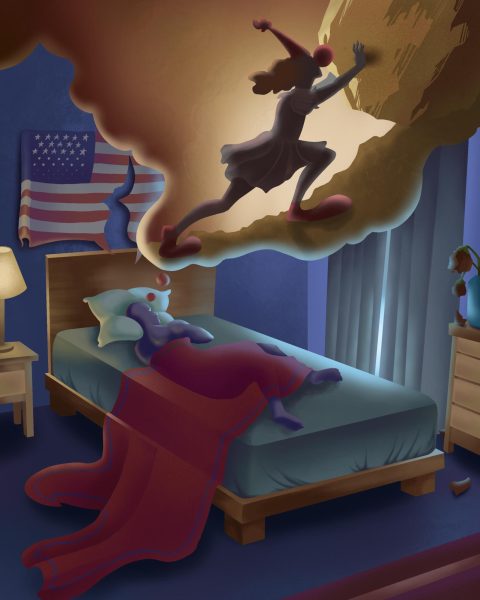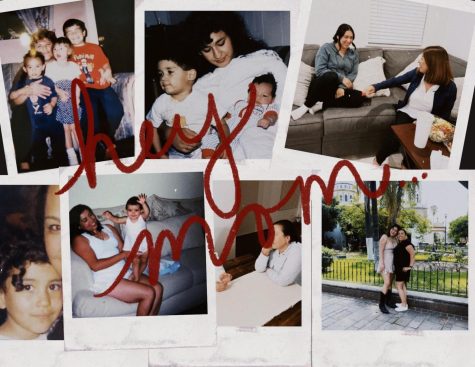Ranflas and Recuerdos
76 years after Zoot Suit Riots, tradition is strong in East L.A.
Community. Cultura. Tradition. Familia. These were words shared by those participating in the 76th anniversary of the Zoot Suit Riots Cruise on Sunday in Lincoln Heights. Rolling out in their ranflas from Soto Street ending at Lincoln Park, many who spoke with SAC.Media were decked out in their pachuco best, tacuache (fingertip coats) draped pleated pants, resortes (suspenders) and ladies in 1940s hairstyles decorated with rosas in their hair, classic ‘stilo.
The Zoot Suit Riots were days of turmoil on June 3–8, 1943 in Los Angeles, California, which pitted American servicemen stationed in Southern California against Mexican-American youths and other minorities who were residents of the city. “Zoot suiters” were targeted and categorized as thugs and, according to History.com, “Mexican Americans were serving in the military in high numbers, but many servicemen viewed the zoot-suit wearers as World War II draft dodgers (though many were in fact too young to serve in the military.)”
On the evening of June 3, “about 50 sailors from the local U.S. Naval Reserve Armory marched through downtown Los Angeles carrying clubs and other crude weapons, attacking anyone seen wearing a zoot suit or other racially identified clothing.”
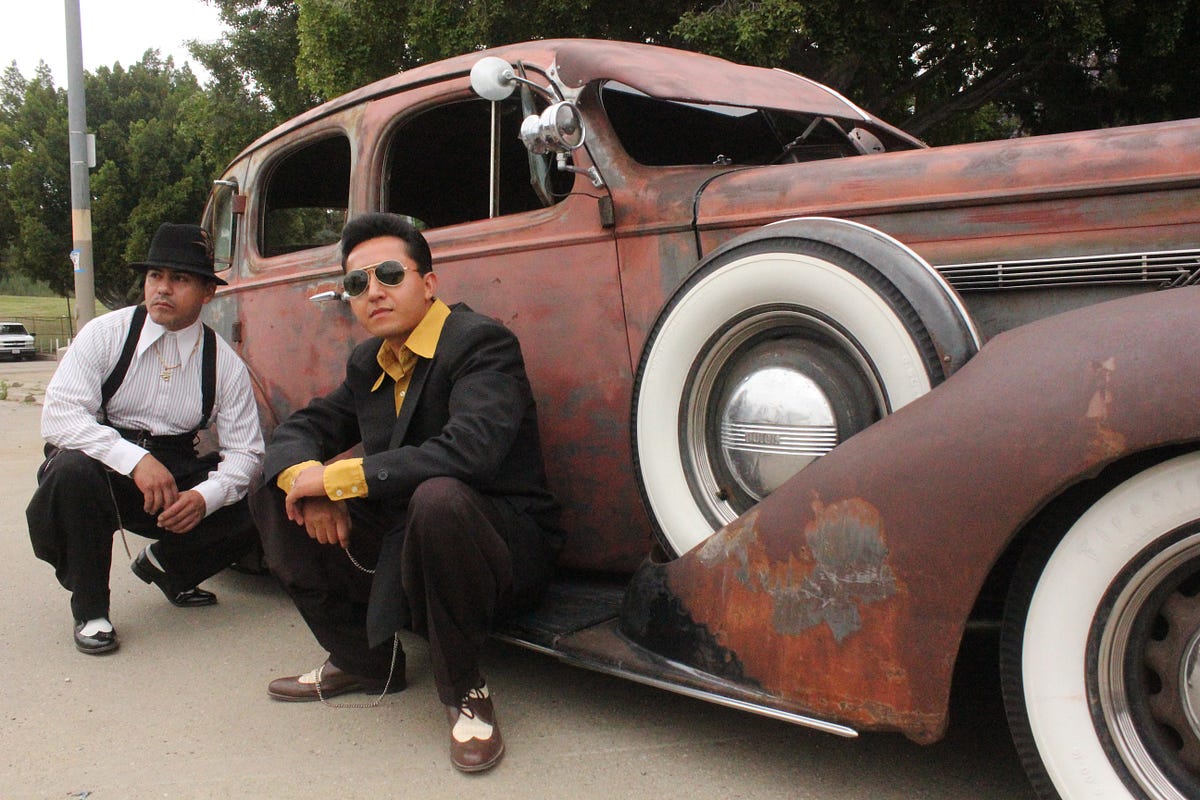
“It feels like a big family. I can go any other city and feel welcome and they know me. They take care of each other. They treat me like a son. I’m the youngest of the Oxnard chapter. I started in lowrider bikes freshman year of high school and been in it for nine years now. People trip out because people come and go and I’m already gonna hit 10 years,” Ruiz said.
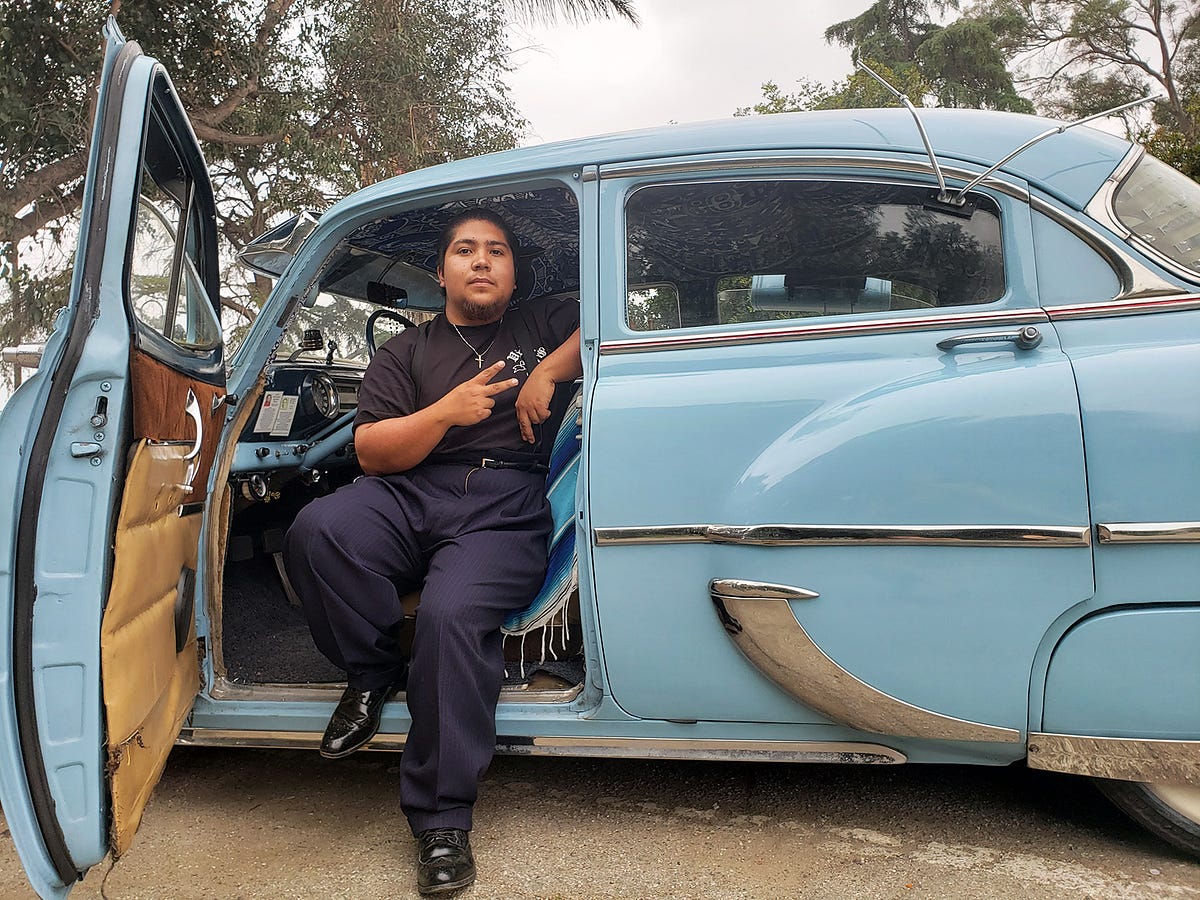
El Triste, who is affectionately known as “The Saddest Puppet in Los Angeles.
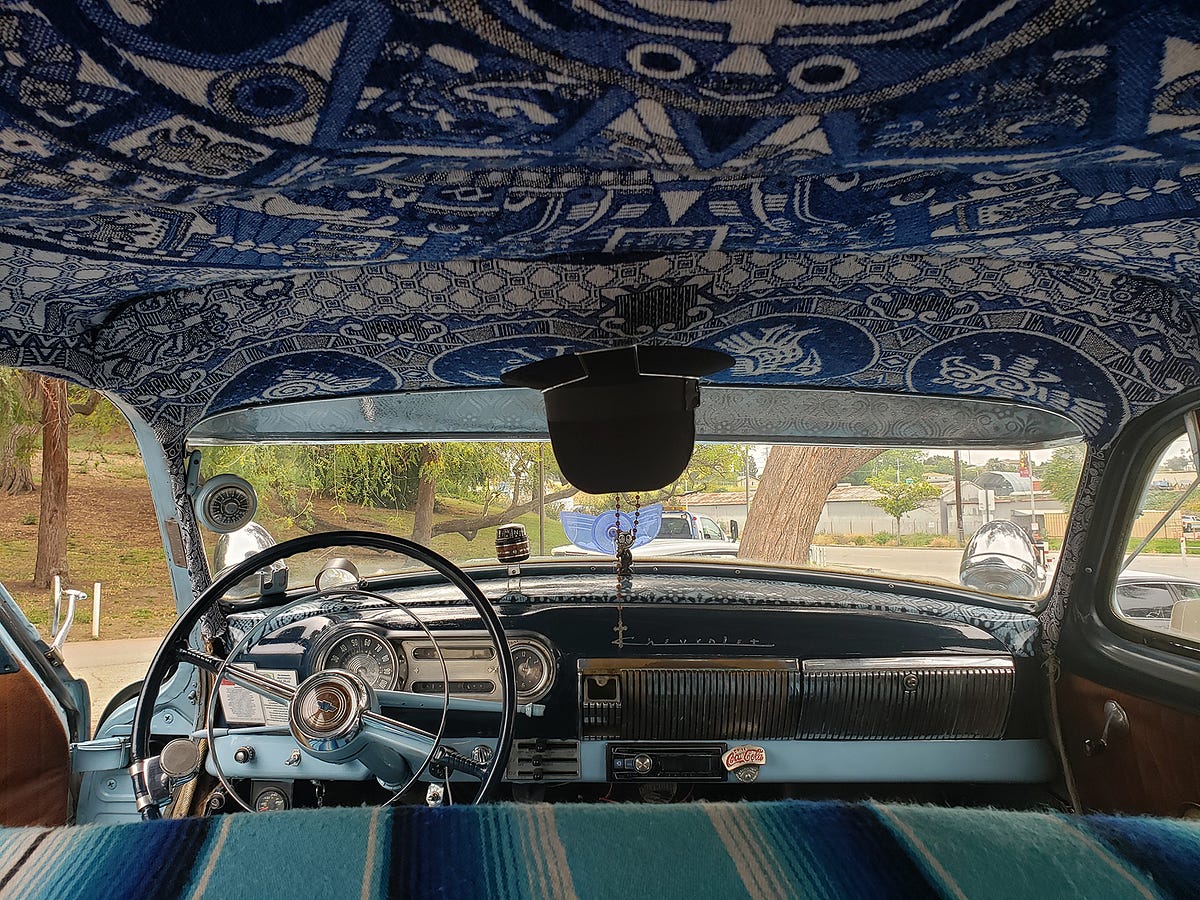
“This is history that actually happened,” Carias said about recognizing the riots.
“This suit I have on right now, it’s a modern pachuco twist that was built for me. We’re just here still celebrating, showing up, and all the love we still have for it,” Carias said. My little puppet is showing love, too,” giving a nod to Triste, who was wearing a pachuco oufit to match his.
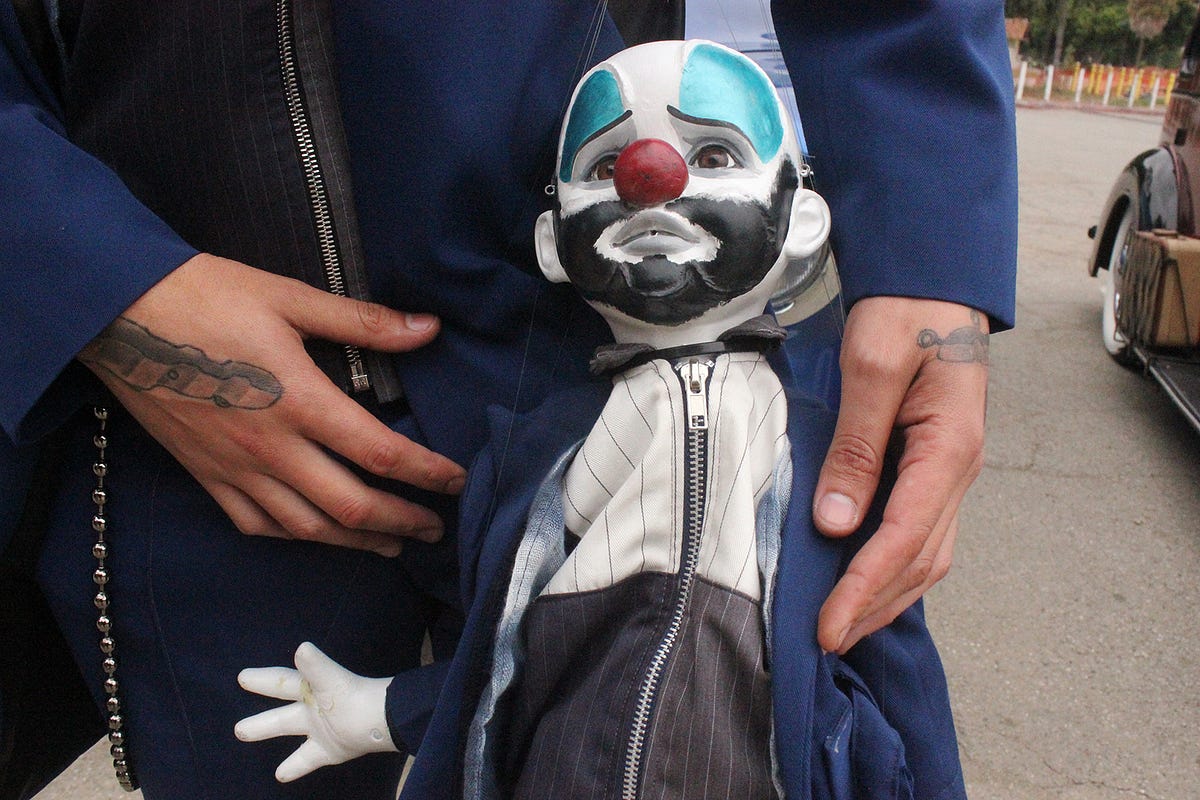
Carias worked on his craft and love of puppeteering for 17 years at the Bob Baker Marionette Theater, which recently shut its doors and changed from it’s original location after 50 years. In an interview with Fast Company, Carias, originally from Tijuana, said the language barrier was broken when he was mentored by Bob Baker himself, through movement of the marionettes. Carias said he is balancing work and craft at the moment, but at the cruise, he was just showing love in his custom made suit, Triste by his side.
“I came over here to enjoy the vibe… Puppetry is still alive. This is what I’m trying to show. I’m always dressing him differently and to show that here, is perfect,” Carias said.
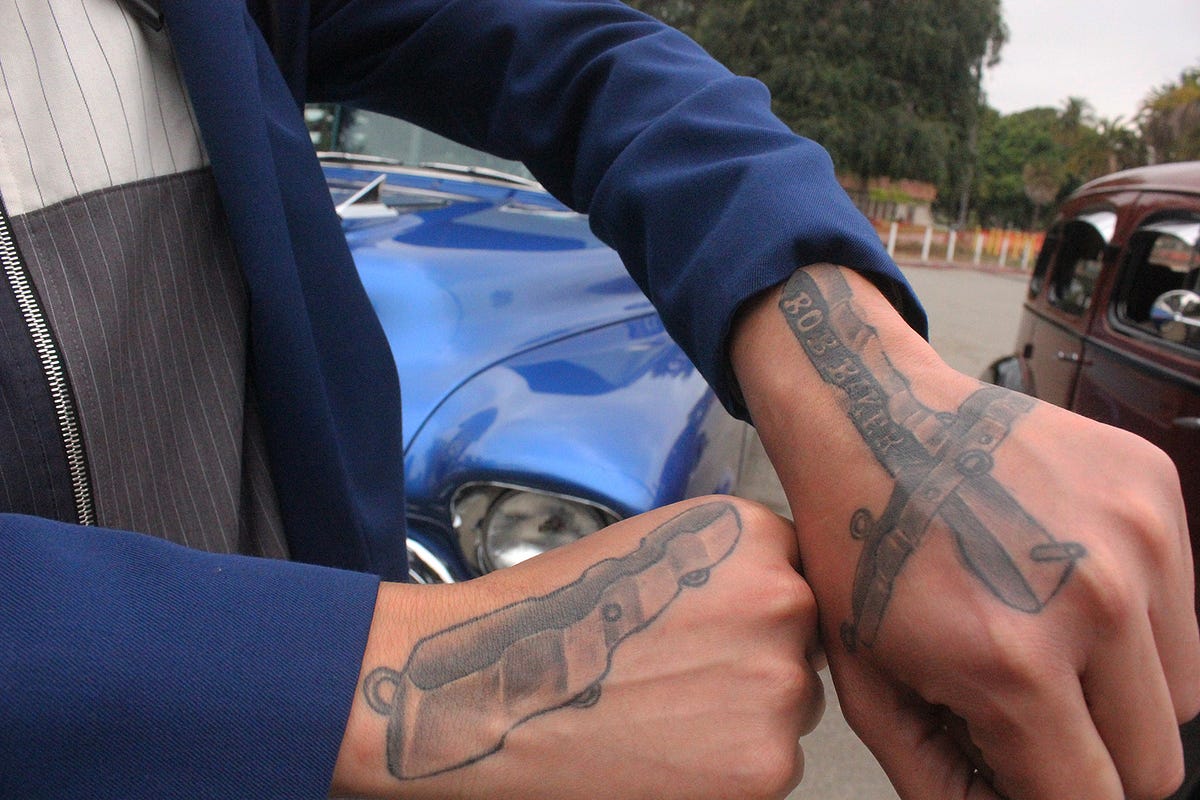
Keeping tradition and history alive for the gente and cultura of classic cars and gatherings like the cruise is important to Maria Anguiano, who was dressed in 40s style as well. It’s so much more about the threads.
Anguiano said, “It signifies my culture. It’s not just about the tacuche. It’s about the cars, the history. What happened to our ancestors, our people… IT’S still alive in some of us. We like to come out and greet people the way we are and have the community involved in this movement because its not gone. It’s alive today in L.A.”

Designer Ana Acosta, 44, agreed. Originally from Jalisco, Acosta, also known as Guera, said that when she came from Mexico, she knew the origin of the Mexican Pachuco estilo, which was brought in by comedic actor Tin Tan in his films from the 1940s and 1950s. She saw how much pride was within the classic Pachuco culture. “For me we have the main guy, which is Tin Tan, so when I came to this side, I found out it was about pride. It was something that was very strong, still…
We are just trying to keep it alive.”
